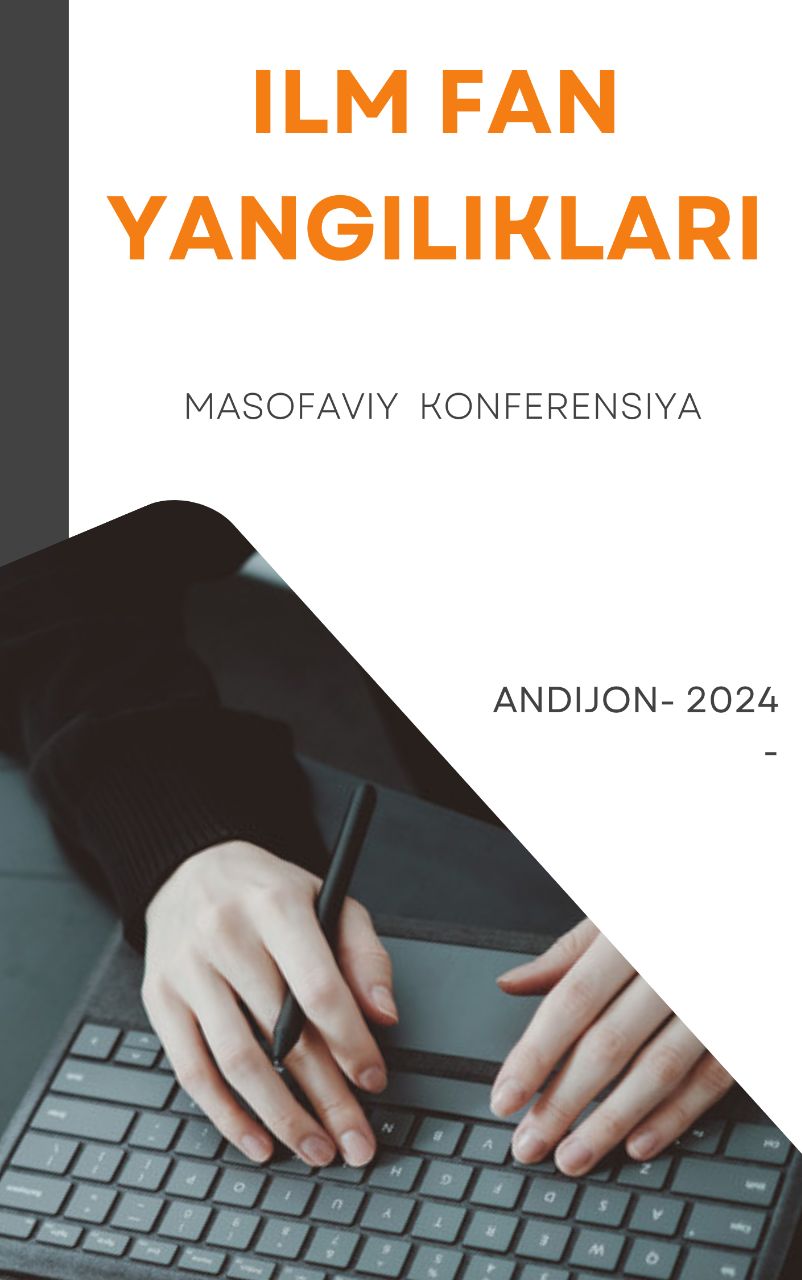THE ROLE OF TASKS AND GAMES IN TEACHING FOREIGN LANGUAGES
Keywords:
Engaging and Interactive, LearningReinforcement of Language Skills, Motivation and Enjoyment, Cultural Understanding, Collaborative Learning.Abstract
This article,Talking about games and tasks is very important in teaching foreign languages. Games and tasks are a good way to increase students' interest in learning a foreign language and improve their motivation by engaging them. Games and tasks are very useful for creating interest in young children and making the learning process easy and enjoyable. It helps them improve their language skills and makes their learning effective.
References
Martinson Barbara and Chu Sauman. "Impact of Learning Style on Achievement When Using Course Content Delivered Via a Game-based Learning Object." Pennsylvania: IGIGlobal, 2008. P. 478-488.
Foreman Joel. "Next Generation Educational Technology Versus the Lecture". Educause Review. July - August, 2003. P. 12-22.
Pivec Maja and Dziabenko Olga. Game-based Learning Framework for collaborative Learning and Student E-teamwork, 2010. P. 56-60.
El-Shamy Susan. Training Games: Everything You Need to Know About Using Games to Reinforce Learning. Virginia: Stylus, 2001. P. 34-37.
Augustyn Surdyk. (2008). An Introduction to the Communicative Technique of Role-Playing Games in Teaching Foreign Languages. Kultura i Historia, No. 13.
Azar B. Sh. (2000). Fun with grammar. New York.
Tuychiyev, S. E. (2021). SYNTAXES ANALYZING OF THE HOMOGENOUS PARTS IN PLACE OF THE SUBJECT. Интернаука, (19-6), 36-37.
Tuychiev, S. (2016). A bibliometric analysis of innovation-related research of the former Soviet Union five''Stans'': are there distinct patterns?.
Улугова, Ш. Ш. (2022). Феминистик бадиий матнда метафора фаоллашувининг когнитивстилистик жиҳатлари (―Жейн Эйр‖ романи асосида)—2021.
Furkatovna, B. I. (2023). DISCURSIVE-PRAGMATIC CHARACTERISTICS OF ARTICLES EXPRESSING THE ETIQUETTE OF COMMUNICATION (ON THE EXAMPLE OF KOREAN AND UZBEK LANGUAGES). Innovation: The journal of Social Sciences and Researches, (1), 24-29.

